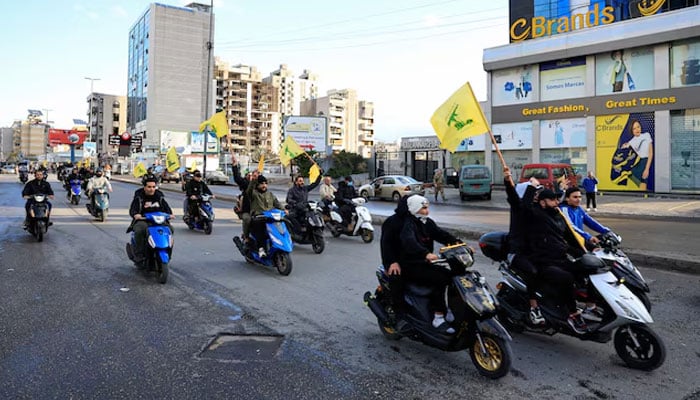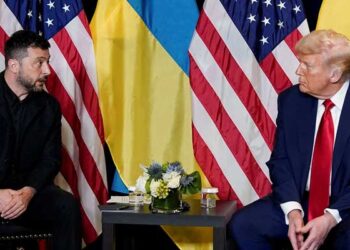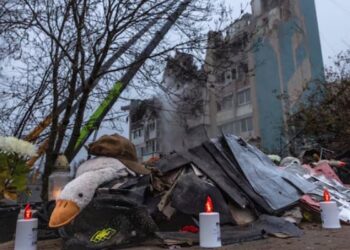Select Language:
Lebanon’s government has received a proposal from the United States aimed at completely disarming Hezbollah by the end of this year. The initiative seeks to reduce regional tensions and promote stability, according to a Lebanese cabinet agenda reviewed by Reuters. The plan was presented by Tom Barrack, President Donald Trump’s envoy to the Middle East, and was discussed during a cabinet meeting on Thursday. It offers the most comprehensive steps yet toward dismantling the Iran-backed group, which has refused to disarm despite increasing international calls following last year’s conflict with Israel.
Lebanese Information Minister Paul Morcos stated after the meeting that the cabinet approved only the general goals of Barrack’s proposal, not the full details. He explained that the discussion was limited to the plan’s objectives rather than its specifics.
The US plan’s goals include phased disarmament of all non-state armed groups, including Hezbollah, redeployment of Lebanese security forces to strategic border and interior zones, withdrawal of Israeli forces from five specific positions, negotiation of prisoner exchange issues through indirect talks, and permanent demarcation of Lebanon’s borders with Israel and Syria.
A State Department spokesperson welcomed Lebanon’s decision to assign the Lebanese Armed Forces the authority to unify control of weapons in the country’s hands. Israel declined to comment publicly, and the defense ministry did not respond immediately.
Hezbollah has yet to issue an official statement on the proposal. However, three political sources told Reuters that ministers affiliated with the group and their Shi’ite Muslim allies left the cabinet meeting in protest over discussions related to the plan.
Iran’s Foreign Minister Abbas Araghchi told Iranian state TV on Wednesday that efforts to disarm Hezbollah are not new, emphasizing that the final decision ultimately rests with Hezbollah itself. “We support them, but we do not interfere in their decisions,” he noted.
Last year, Israel launched a significant offensive against Hezbollah, which had supported Palestinian militant groups like Hamas. The hostilities escalated in October 2023 when Hezbollah initiated fire at Israeli positions at the border, coinciding with Hamas’s conflicts in Gaza.
The US plan also aims to stabilize a ceasefire agreement brokered in November between Lebanon and Israel. It underscores the urgency due to rising reports of Israeli violations, including airstrikes and cross-border operations, which threaten to undermine the fragile truce.
The phased approach involves several key milestones: within 15 days, Lebanon’s government should issue a decree committing to Hezbollah’s disarmament by December 31, 2025, while Israel halts military operations. Over the next 60 days, Lebanon is expected to start implementing disarmament plans and deploy Lebanese forces in targeted areas. During this period, Israel would withdraw from certain positions in southern Lebanon, and prisoner exchanges would take place under Red Cross supervision.
Within 90 days, Israel would withdraw from its remaining positions, and international funding would support cleanup efforts and infrastructure rebuild in Lebanon. By 120 days, Hezbollah’s heavy weaponry, including missiles and drones, should be dismantled.
Following these steps, the US, along with regional allies like Saudi Arabia, France, and Qatar, plans to hold an economic conference to bolster Lebanon’s economy and aid reconstruction, aiming to realize Trump’s vision of restoring Lebanon as a prosperous, viable nation.






